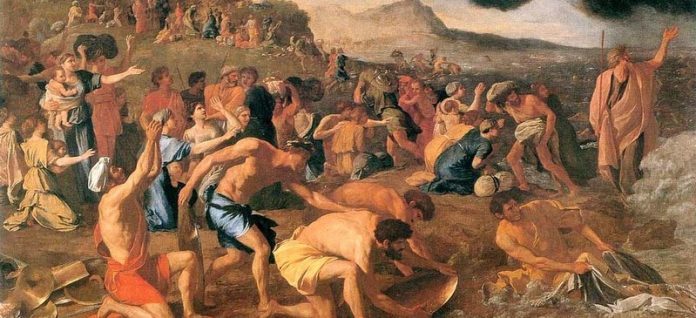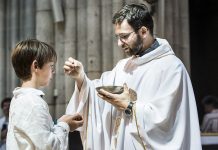
MARIETTE MARTINEAU
Sooner or later, a student is going to read a Bible story and then ask, “Is it true or not true?” Often, it centers around God’s creating the world in seven days. For most students they haven’t really thought about it before. And many students agree that if it is in the Bible it must be true. When this debate came up in my class, we listed the “big” stories in the Old Testament that were the hardest to accept being “true”—the creation story, Moses parting the Red Sea, Noah and the animals, Jonah in the whale.
We did polls on Edmondo (a safe and easy internet tool for students and teachers to connect), and we asked students on the playground to see what they thought. Then we looked at the difference between a big idea or the “truth” and a “fact”.
Does it matter if Moses actually parted the Red Sea? What really matters in the story?
What really matters is that the people had been freed and God had helped to make it happen. It helps us to understand that trusting in God leads to freedom at a variety of levels. It’s also our job as teachers to know the truths-the various levels within Scripture. For example, is it important that Jesus physically rose from the dead or is the “big idea” that he gave his life for us enough?
In this case, the physical reality is essential; without the resurrection, we are incomplete as Christians.
Scripture is too rich to just accept what we read at face value, too rich not to invite ourselves and our students to read it with new eyes and hopefully new hearts!
Mariette Martineau is married and a mother of three. She is a teacher and also the author of Prepare! Celebrate! Live!: Seasonal Catechesis and Prayer for Parishes and Schools (Twenty-Third Publications).
This article was originally published in RTJ’s creative catechist April/May 2013.
Image: Nicolas Poussin: The Crossing of the Red Sea, public domain




